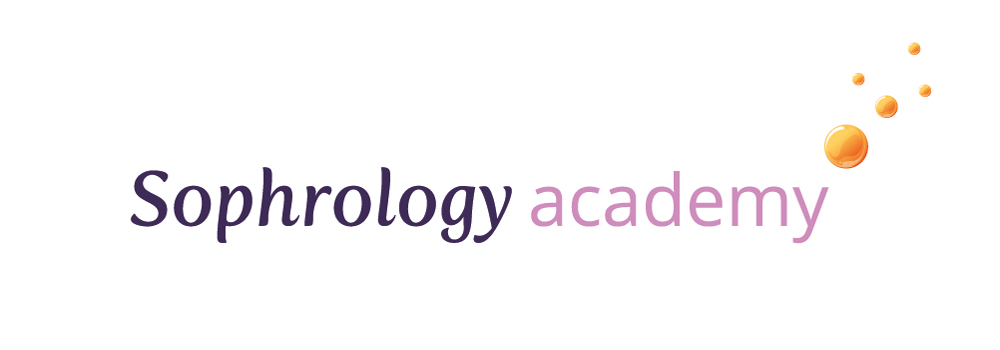Discover the power of the mind-body connection and why it’s integral to increasing values-driven action and wellbeing.
You may like to read about the mind-body connection and the essential link to values-driven action first before trying the techniques below, or you could skip straight to the techniques and come back to the explanations later.
Managing the mind-body connection is a powerful factor in creating a life full of wellbeing. However, a mindfulness practice on its own may be a necessary but insufficient step to achieving the wellbeing we seek.
What is the mind-body connection?
It is well known these days that our thoughts impact our physical performance, with many successful athletes using visualisation to hone their performance. You can find many great examples of how mental practices improve motor performance and prime your brain for success in this Psychology Today article.
Here are three perhaps more surprising examples of the mind-body connection:
- Amy Cuddy’s work on ‘power posing’ shows that the way we hold our bodies can have an impact on our minds. Holding a powerful body posture results in psychological changes (feeling more powerful), and even behavioural changes (like increased risk-taking).
An expansive body posture signals to the brain that all is well. The presence of tension in the body is another way that the brain assesses the level of threat in the environment and influences the selection of neural pathways for information processing. When we are tense, we are less likely to be able to access our higher order, creative human intelligence.
- Studies on the connection between breathing and emotions have revealed that there are specific breathing patterns associated with different emotions and that by consciously changing our breathing we can actually shift our emotional state. Other studies have shown the impact of paced breathing on the quality of decision making.
- Steven Kotler and Jamie Wheal in their fascinating book Stealing Fire quote the many studies that have demonstrated that when Botox is injected into the frown lines of seriously depressed patients, they get ‘significant and sometimes instantaneous relief from depression’. They point out how this new knowledge is challenging the idea we’ve always had in the West that the mind is ‘the engine that drives the bus and the body the passenger that comes along for the ride. It’s the mind-body split, a one-way arrow of causation that insists the head is always in charge […] Somehow changes in the body – freezing the face with a neurotoxin – were producing changes in the mind’ (pg 96-97).
Science is now showing that our bodies play an active role in our mental states, impacting our brains, our emotions, our decision-making and our behaviour, in other words, our values-in- action. The mind-body connection is in fact bi-directional, and a resource we can tap into to improve our wellbeing in a meaningful way.
Values and wellbeing
Our values are what’s most important to us; they inspire, motivate and guide our actions. But the truth is that we don’t always act in alignment with our most deeply held values, for all sorts of reasons. We may be driven by expectations of the role we play at work that can differ from what we personally value most, or by the need to conform to our social or family conditioning, or what the media transmits, or by our fears and a focus on the need to protect and defend ourselves from what life throws at us instead. This ‘values disconnect’ between what matters most to us and our day-to-day experience and activity causes stress and impacts negatively on our wellbeing.
Mind-body practices and wellbeing
Mindfulness and similar mind-body practices are being widely adopted to support wellbeing and the management of stress. Ronald Purser has highlighted concerns as these techniques have increasingly gone mainstream. He suggests that attempting to improve wellbeing without addressing this ‘values disconnect’ amounts to merely helping people to better bear the stress caused by living within a dysfunctional system. When instead what is needed is action to change the external conditions causing that stress in the first place. The risk is that the practice of mindfulness as used in some business settings becomes ‘a salve for tolerating oppressive working conditions.’ You can watch an interview with Ronald Purser about his new book McMindfulness: How Mindfulness Became The New Capitalist Spirituality
The goal of mind-body practices should be values-driven action
I would argue that mind-body practices are a necessary but insufficient step towards addressing the wider system – a place to start, without which our actions for change can become misguided and ineffective. I am a teacher of Sophrology, a practice with western medical origins and which draws on yoga, mindfulness, meditation and relaxation. Dominique Antiglio says in her book The Life-Changing Power of Sophrology: ‘Sophrology’s power lies within the unique way it connects body and mind together to effect balance and change. You tap into awareness of both to transform your state of consciousness and access your vital energy and most effective state of being’. Sophrology was developed by Spanish neuropsychiatrist Professor Alfonso Caycedo. After working with street children in Colombia, Caycedo was convinced of the need for action in the world, not just hilltop contemplation. So he incorporated an explicit focus on values into the Sophrology method to support the discovery of our values and the strengthening of values-guided action in the world. Similarly, mindfulness is much more than a stress management tool, more accurately understood and applied as a holistic path to mindful living and purposeful action.
Three techniques using the power of the mind-body connection for increasing wellbeing and values-based action
Here are three simple techniques you can try:
Technique 1: Tense and release
For releasing tension, negativity, worries, and opening to courageous action
- In a standing position: take a deep breath in, hold your breath and gently tense all the muscles in your whole body. Feel the tension, then breathe out and let go.
- A second time, breathe in, this time imagining you’re gathering up any negativity, worry, doubts. Hold your breath and tense all your muscles from head to toe. Then breathe out, getting rid of all the tension and negativity.
- Repeat one more time.
- Notice your posture and make adjustments if it feels right.
- Pause for a moment to notice how your body feels after the exercise, paying attention to any sensations without judging them.
Technique 2: Square breathing
For shifting to more balanced, resourceful emotional state and improving the quality of decision-making
- Sitting comfortably in a chair, take a moment to pay attention to each of the points of contact between your body and the chair or the floor.
- Now breathe to a count of 3 or 4, in four equal stages – breathe in, hold your breath, breathe out, hold your breath. Then in again….
- If it helps you can imagine a square and breathe in up one side, hold across the top, breathe out down the other side and hold across the bottom. Continue breathing along the four sides of the square.
- Discover the pace that is right for you, ensuring that each of the four sides of the square, or stages of the breath, are even – counting each one.
- Continue counting and breathing in a very even way for a few minutes.
- Then take a moment to welcome and notice all the sensations in your body.
Technique 3: Life Values
For engaging your deep awareness and connection with your body to discover and strengthen your values, as a guide to your action in the world
- This exercise is taken from Florence Parot’s book The Sophrology Method and will take about 10 minutes.
- Use the audio recording you can find here
- After this exercise, think about one action you can take, or one change you can make in your life that will put one of the values you’ve worked with into practice.
- Why not join in the World Values Day activities and download the I VALUE template, take a selfie and share on social media to challenge others to do the same?
Act now for the wellbeing of people and the planet
It has never been more important to reconnect mind and body in values-based action. The wellbeing of the entire planet is at stake, as author Jeremy Lent wrote:
“the underlying disease is one of separation: separation of mind from body, separation from each other, and separation from nature.”
I would add separation of action from values to this list.
Liz Murphy is a Sophrologist, Executive Director at the Sophrology Academy and a member of the Steering Group of the UK Values Alliance


